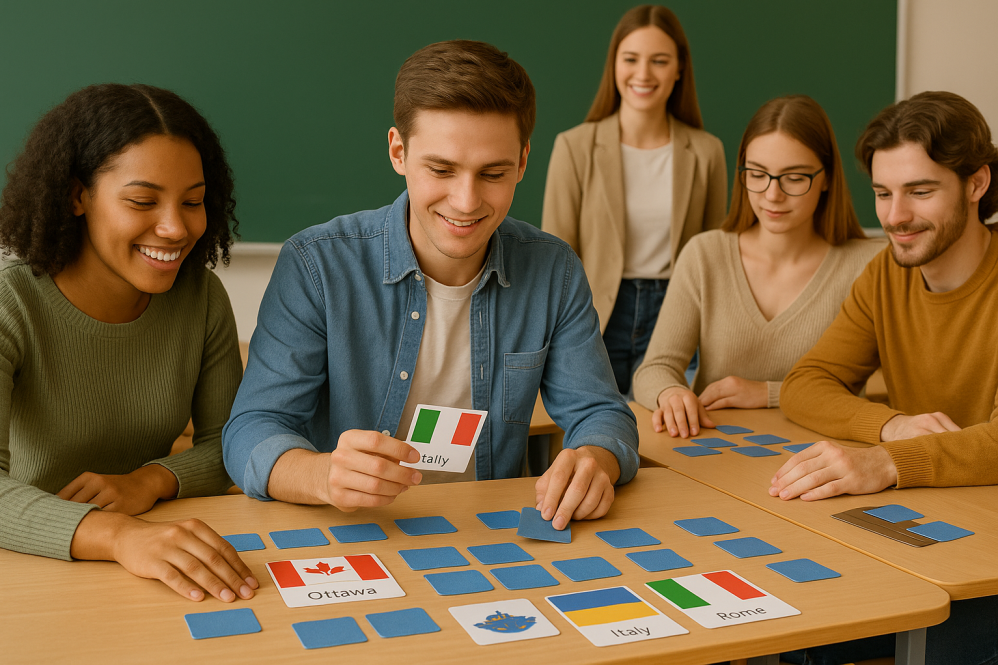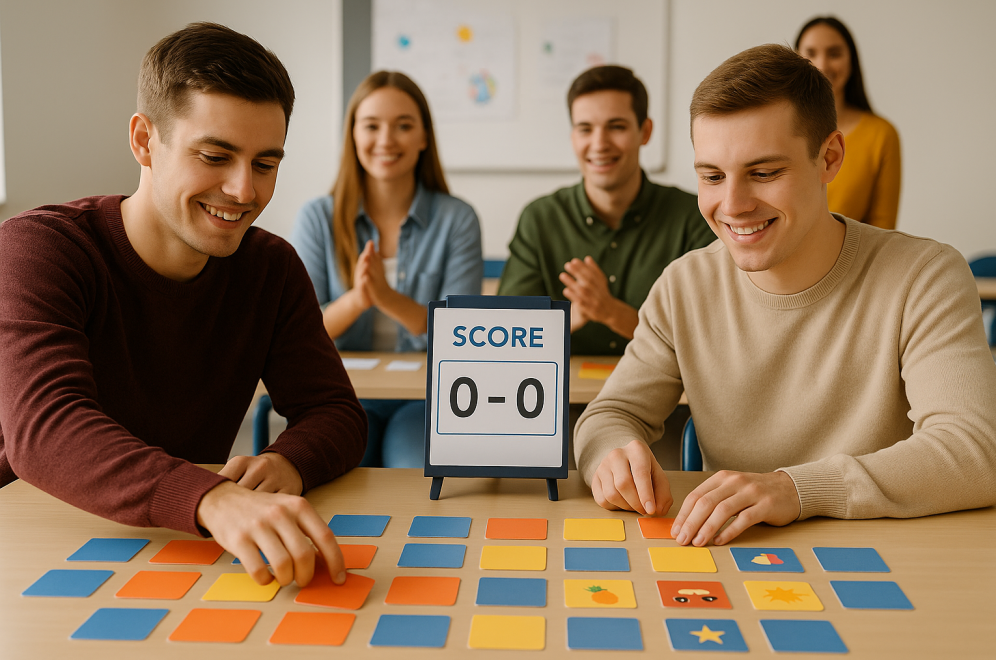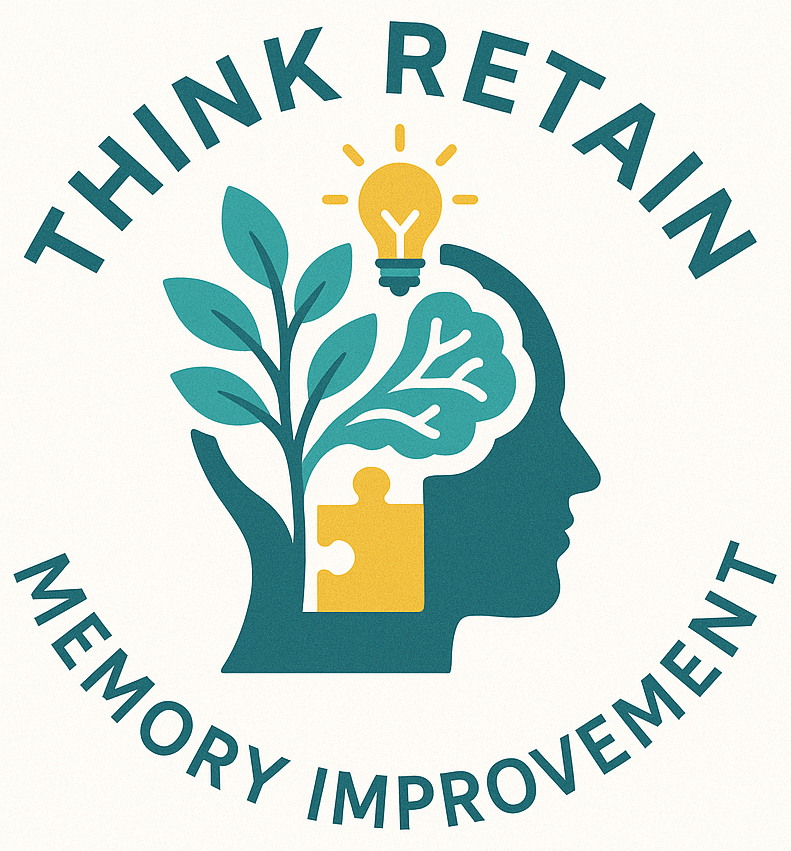Memory games aren’t just fun; they also pack a punch when boosting brain power. These games make it easier for students to absorb and retain information by challenging their recall abilities and sharpening their focus. So, if there’s one tool you want in your home learning toolkit, it’s a good memory game.
The beauty of memory games is in their variety. From classic concentration challenges to matching games and even brain-boosting apps, there’s something for every age group and learning style. Many games focus on core learning skills such as pattern recognition, strategic thinking, and mental agility.

Research shows memory games contribute significantly to cognitive development. Kids not only learn to process and retain information better, but they also develop essential skills like attention to detail and problem-solving. These games serve as a brain workout, making complex tasks easier by improving overall brain function.
Games like these enhance learning experiences. By making learning interactive and enjoyable, students become more engaged. And let’s be honest, the more engaged they are, the more they’ve got to gain.
Top Memory Games to Boost Cognitive Skills: Fun Ideas for Home
Finding the right memory games for your kids can be a game-changer. Some all-time favorites offer just the mix of fun and challenge that gets those gears turning.
Take Simon Says, for example. It’s more than just a listening game—it’s a fantastic way to improve auditory processing and short-term memory skills. Then there’s the classic Memory Card Match, a game in which flipping cards and finding pairs helps sharpen visual memory and concentration.
For a more high-tech twist, there are digital brain teasers. These apps and online games are designed to engage young minds, offering new challenges and tracking improvements over time.

Let’s not forget the ingenious Memory Palace. This technique encourages players to use their spatial awareness to organize and retain information by picturing familiar places filled with mental images they aim to remember. Whether they’re imagining family room furniture or a lineup of favorite snacks, it’s a powerful tool.
The Link Method takes the relatable route. Students create a mental path that makes recall far easier by connecting new information to something already known. It’s like building networks in the brain rather than loose bits of data, making memory both meaningful and memorable.

DIY Memory Game Creation: Simple Steps for Home-Made Fun
Creating your own memory game at home is easier and way more fun than you think. All you need are some basic materials like index cards or paper, a dash of creativity, and you’re good to go. This DIY approach allows for personalized touches that make the game uniquely yours and can adjust to any difficulty level.

Start by deciding on a theme or topic that’s either fun or educational. It could be animals, colors, historical facts—anything your kids are interested in. Then, draw or paste images related to your theme onto the cards. The idea is to have pairs of similar cards that players must match from memory.
Getting the kids involved? Absolutely! Let them color the cards, cut out shapes, or even come up with questions that can fit the game. This engagement increases their investment in the activity and boosts their educational experience as they apply their creativity.
For something a bit different, consider introducing the Memory Palace technique. Ask players to imagine a familiar place in their home and mentally ‘place’ the items they need to remember in different rooms. As they walk through these rooms in their minds, they’ll retrieve each memory item in sequence. This technique is perfect for older kids ready for a more complex challenge.
Another fun tip is using the Link Method. Guide them to create memorable stories or visual connections between the objects they’re trying to remember. If you’re creating a game about the solar system, maybe the sun wears shades and the planets are having a dance party around it. These quirky associations make recall easier and way more entertaining.
Integrating Memory Games in the Classroom: Engaging Students for Enhanced Learning
Introducing memory games into the classroom can totally transform the learning environment. They’re a fun way to break the routine while reinforcing subjects that might need a little extra practice.
Incorporating these games can be as simple as starting with a few rounds of Memory Card Match tailored to your lesson. Let’s say you teach geography; create cards with country flags and capitals. Students match a flag to its capital, reinforcing their knowledge super interactively.

Group-based games often foster a sense of teamwork and friendly competition. Having students work together to solve memory challenges boosts social interaction, communication skills, and engages those brains in a new way. Whether it’s teams’ Morning Challenge or after-lunch game time, integrating memory activities will surely spark enthusiasm.
The Memory Palace technique can come alive in the classroom by relating it to a school environment. Ask students to visualize placing pieces of information around a mental map of the school. This engages spatial and visual memory, aiding in the organization of complex concepts.
The link method can also find a cozy spot in teaching strategies. For example, when tackling a tough topic, encourage students to create quirky, memorable associations with familiar concepts. Tying history dates to a timeline of comic book heroes in action could make those historical facts far less forgettable.
Educators can take cues from these activities to create a more interactive, memorable learning environment. These games not only help in retaining information, but they also make learning fun, lively, and stimulating, bringing a refreshing change from traditional methods.
The Memory Challenge Game: Elevate Memory Skills Through Friendly Competition

The Memory Challenge Game kicks things up a notch by focusing on competition to boost those memory skills. This game can be just the right thrill for students who thrive on a bit of friendly rivalry. It invites them to pit their skills against classmates or family members in a series of memory-themed tasks.
This game involves a variety of tasks that require recall speed, accuracy, and the ability to make connections on the fly. Whether it’s quickly memorizing and repeating sequences, matching items under a time limit, or solving puzzles that require combined effort—there’s something for everyone.
Friendly competition in this context encourages participants to stretch their memory capabilities and learn from mistakes. It presents opportunities to refine memory strategies, build resilience, and perhaps most importantly, double down on fun while doing so!
To add an advanced layer to your memory game suite, explore Anthony Metivier’s Magnetic Memory Method. Imagine transforming into a card-expert as you memorize a deck of cards, skillfully linking each card to vivid, memorable stories. Metivier provides free training sessions detailing how to create a Memory Palace for this specific purpose, making memory improvement tangible and fascinating.
Combining these memory games and techniques can cultivate a thorough memory-boosting toolkit. They not only make learning dynamic and enjoyable but also equip students with powerful skills that can benefit their educational journey and beyond.
